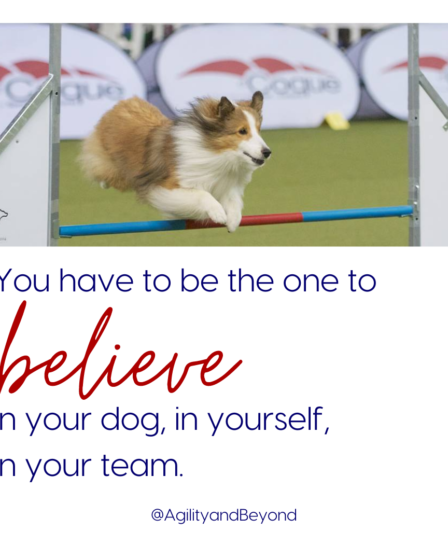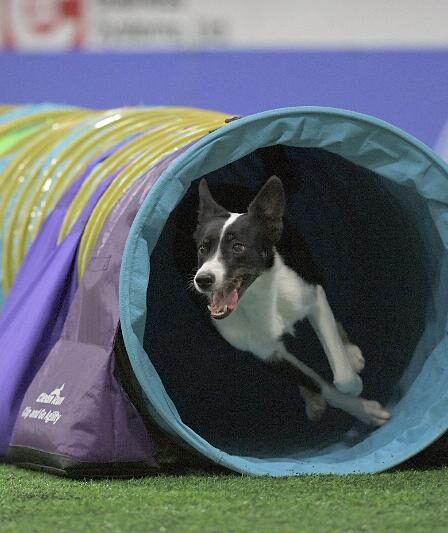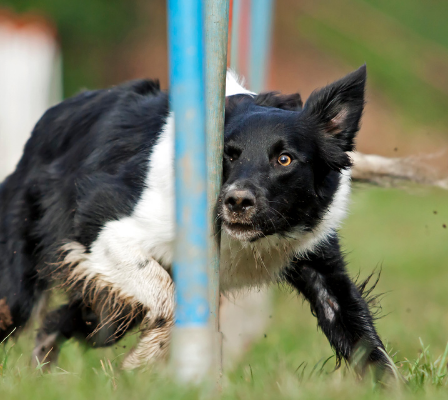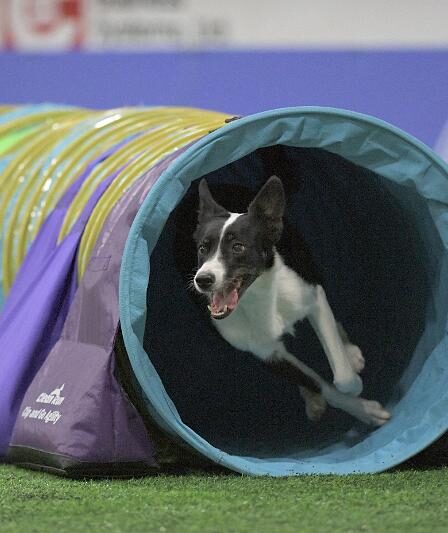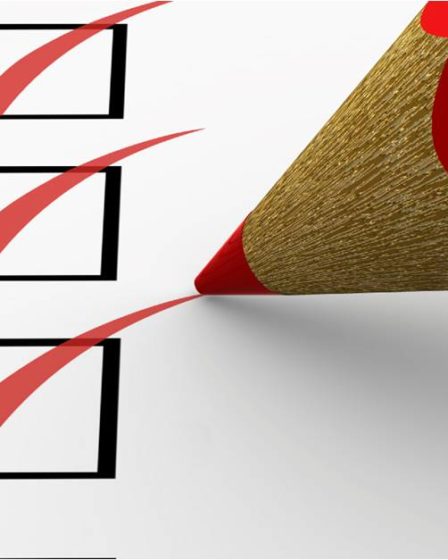The rush of motivation that comes with taking on a new goal can inspire us to tackle something grand.
But, what happens when the daily grind drains that initial motivation? Leaving you feeling burdened by your goals as you simultaneously “will” yourself to complete tasks or simply procrastinate until time runs out.
The truth is that the pep talk you think you need isn’t what you need to get motivated.
Filling your pinterest board with motivational quotes isn’t getting you any closer to where you want to be. You’re not wrong to crave motivation; it’s exactly what we need to do hard things.
Motivation is the direction and intensity with which you tackle goals. Motivation is what takes people from the couch to the top of Mt Fuji, it is what pushes people to take control of their health, careers, and dreams.
Motivation is the magic you need.
Instead of looking for the magic, let’s create the magic.
Here are three ways you can create sustainable motivation to use every day.
1. Actually use micro-goals.
You probably already know breaking our goals into manageable chunks is helpful for achieving goals. Motivation is increased when a task seems easier and more do-able. This helps us in the long run because it can create the consistency needed to accomplish the goals we set.
The problem is that what is “manageable” is different for each person, and can even vary (wildly) day-to-day for any individual.
For example, a micro-goal for me is to train my dogs every day. That doesn’t mean setting up and running a full international course every time… I don’t even have to use agility equipment. The micro-goal is accomplished when I pick up my clicker and treat bag.
I don’t have to run clean or teach a new skill to succeed, I can take pride in showing up as a dog-trainer. Depending on the day, we might sequence, work on ring-side behaviors or reinforce contact criteria.
Now, that’s on a good day.
How do we stick to micro-goals on the bad days?
Do what’s manageable. If stepping out the door to train, go to the gym or anything else feels truly overwhelming, don’t attach your pride, success, or self-worth to it.
Scale your micro-goal to something smaller.
For me this has been everything from doing my dog’s active stretches for 5 minutes to training a random pet trick for fun. These actions aren’t always propelling me warpspeed towards my goals, but they keep me in motion.
Remember, the purpose of micro-goals is to create consistency.
2. Don’t give 100% to your goals.
If you take off from the start line of a running race at 100% effort, you won’t make it very far before you’re winded and ready to quit. The same is true for your goals.
You need to pace yourself.
Knowing how much effort to give a task is important. You shouldn’t come back from the gym too sore to walk the next day or stay up until 4am working on a new project. This amount of effort is unsustainable.
The first step to pacing yourself is to become aware of your effort.
Check in with yourself on how hard you (or your dog) are working and how you feel. Being more aware of your physical state and emotional state will help you gauge whether you’re overworking yourself (or your dog).
If you’ve bitten off more than you can chew for today, take a break. You can either scale down your micro-goal or continue working towards this goal tomorrow.
The second step is to set boundaries before you start working or training.
Boundaries for how long you’ll work, how many repetitions you’ll do or how much of a challenge you can take on today will help you set achievable micro-goals.
For example, I’m currently teaching turns for my sheltie’s running dog-walk. As you can imagine, this is a big, daunting project. So, before each training session, I set boundaries to keep me from over working my dog or myself.
My boundaries include setting a time domain, such as “we will train dog walks for 15 minutes”. I set a limit for repetitions, “we will do no more than 12 full dog walks”. And, before I start training I decide how much of a challenge to train, such as deciding whether to put the skill in sequence and how hard of a sequence.
You can learn more about how we set training boundaries in our article, 4 Steps for Purposeful Practice.
Awareness of your effort and setting boundaries can be a huge help whether you’re working on an agility goal, trying to get fit or learn something new. Not only can this prevent burnout and the abandonment of goals, but it will help you create sustainable motivation.
3. Remember Your Why
Your “why” is your purpose for setting a goal in the first place. This can be anything from being the best dog owner you can be to being healthy enough to play with your grandkids. The one thing your “why” has to be is meaningful to you.
Committing to a goal is often impossible without having a meaningful reason behind taking those actions. On the flipside, remembering your “why” can serve as instant motivation in the most challenging moments.
When Whimzy was still in novice, I would close my eyes every time the national anthem played to start the day. I would hold my dog and picture standing on the podium at worlds. For those two minutes, Whimzy and I would be transported to a foreign country with our flag draped over us savoring the victory of a gold medal for Team USA. The honor of representing the USA overseas for agility was to me the culmination of being the best dog trainer, handler and competitor that I could be, it’s what motivates me to compete in agility.
When Whimzy broke her start line, I miscued a turn or lost her to an off course, I would remember why I was doing agility today. I’m doing my best to learn from today, so that someday my dream will be my reality. And, it did.
Keep your why close. Write it down. Say it out loud.
A fellow competitor recently asked me if I still dream like this.
The answer?
Yes, all the time.
I find that remembering my why is the most helpful when I’m doing what’s necessary, but not enjoyable.
Right now, that’s working on outside the ring behaviors with my young sheltie. While her ground speed on course is to die for, her over the top arousal level quite frankly makes agility unsafe.
Unfortunately for me, behavior training is not my jam.
It’s not fun to go to the agility field and not train agility. It’s not fun to spend hours at a trial sitting a hundred yards away to keep her under threshold. It’s not fun to leave her home when I go to the agility field. But, when I remember my why, I am motivated to do what’s necessary for her to stand on a podium someday like her sister Whimzy.
Believe in the power of your why, and use the magic of motivation to move you towards your wildest dreams.
![]() 5 reasons your dog is a great a teammate.
5 reasons your dog is a great a teammate. ![]() 5 reason you’re a great teammate for your dog
5 reason you’re a great teammate for your dog ![]() 5 reasons you and your dog are a great team
5 reasons you and your dog are a great team![]() “This week I will reward my dog’s sit stay behavior 5x per day.”
“This week I will reward my dog’s sit stay behavior 5x per day.”![]() “I will play with my dog for 5 minutes after every run regardless of how the run went.”
“I will play with my dog for 5 minutes after every run regardless of how the run went.”![]() “This week I will train and reward my dog’s weaves in three different locations.”
“This week I will train and reward my dog’s weaves in three different locations.” 
